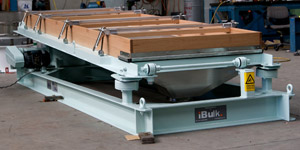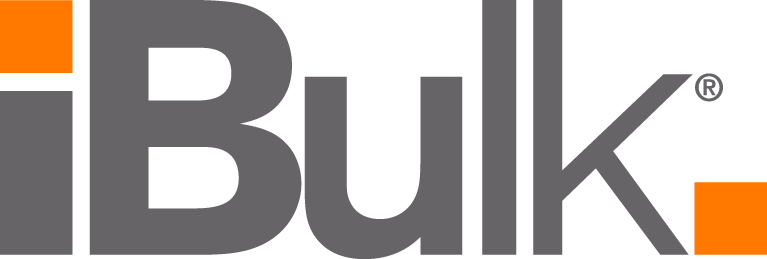Beefing Up the Profit
/ In a recent study, Meat and Livestock Australia investigated the cost of rendering at several plants throughout Australia*. Their investigations revealed that the cost of producing one tonne of rendered product ranged between $130 and $253.
In a recent study, Meat and Livestock Australia investigated the cost of rendering at several plants throughout Australia*. Their investigations revealed that the cost of producing one tonne of rendered product ranged between $130 and $253.
Meat Technology update has reported the rendering product contributes approximately three to seven percent of the revenue from cattle and sheep processing. Whilst there is some fluctuation there has been little change over the last 15 years.
“As you can see there is a massive variation between the per tonne cost and we believe that much of this can be associated with selection of the correct screening equipment,” said Mr Tony Webber, managing director, iBulk® Solutions Pty Ltd.
iBulk has been a major supplier of screening equipment to the industry and Tony was kind enough to share a little insight into the importance of selecting the correct equipment for processing Meat and Bones Meals (MBM).
“The obvious choice is Rotex. Its horizontal gyratory screening motion rapidly distributes the meat meal over the entire screen surface and conveys it without vertical vibration or hop,” explained Mr Webber. “This motion causes the hair and fluff to ball up and ride on top of the meal for easy removal by aspiration and/or discharge with other rejects.”
Tony went on to explain that the importance is retention time on the screen surface, which is increased when using the longer rectangular design of the Rotex compared to the use of circular screeners.
“Consider a round screen that has a nominal diameter of 1.8 m (72”); that means the average distance of travel from the inlet of the screen to the outlet can be as little as 915mm. In the case of a similarly sized Rotex machine, the transit distance from inlet to outlet is 3000mm and this increases the yield from the process.”
Yield is the amount of material separated out as product through screening and by increasing screening accuracy Rotex helps you maximise the recovery of on-size product and therefore increased profit results.
The Rotex screener features a unique bouncing ball system under the screen surface that helps prevent plugging and grease build-up. This freedom from screen blinding permits the use of smaller openings on the Rotex screens and thus more accurately sized meat meal product passing through the screen mesh.
“Accurate screening improves profitability and lowers processing costs,” remarked Tony. “Inefficient screening leaves excessive usable product in the rejects, so in effect it amounts to throwing money straight into the garbage,” he added.
To discover how iBulk® Solutions Pty Ltd can help you beef up your profits, call (03) 9768 3955 or visit www.ibulk.com.au.


